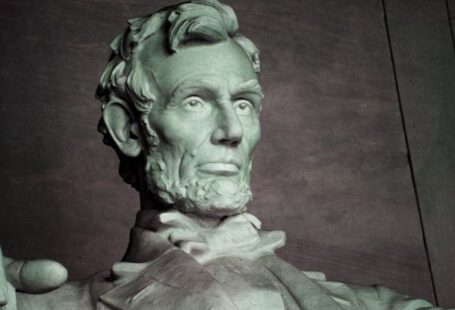The ancient Mayan civilization was one of the most advanced and sophisticated civilizations in Mesoamerica. Known for their intricate calendar system, impressive architecture, and advanced agricultural practices, the Mayans thrived for thousands of years. However, around the 10th century AD, this once-great civilization mysteriously disappeared. What happened to the Mayans? This article will explore some of the theories and possible explanations for their disappearance.
Environmental Factors
One theory suggests that environmental factors played a significant role in the collapse of the Mayan civilization. The region inhabited by the Mayans experienced severe droughts, which could have led to crop failure and famine. This would have put immense strain on the population, leading to social unrest and ultimately the collapse of the society.
Another environmental factor that could have contributed to the Mayan downfall is deforestation. The Mayans relied heavily on the surrounding rainforests for resources, including timber for construction and agriculture. However, excessive deforestation could have caused soil erosion, leading to the loss of arable land and further exacerbating the food shortage.
Warfare and Conflict
Warfare and conflict are often cited as factors that contributed to the decline of the Mayan civilization. The Mayans were not a unified empire but rather a collection of independent city-states, each vying for power and resources. This constant state of warfare could have drained the resources of the civilization and weakened their ability to withstand external pressures.
Additionally, evidence of violent warfare and raids on Mayan cities has been discovered. These conflicts could have destabilized the Mayan society and led to its eventual collapse. It is possible that the Mayans were conquered or assimilated by other Mesoamerican civilizations, causing their unique cultural identity to fade away.
Social and Political Factors
Internal social and political factors may have also contributed to the disappearance of the Mayans. The Mayan civilization had a complex hierarchical structure, with ruling elites and a highly stratified society. This social structure could have created divisions and inequalities among the population, leading to discontent and internal strife.
Furthermore, the Mayans were heavily dependent on their rulers for stability and guidance. If the ruling class became corrupt or ineffective, it could have eroded the trust and support of the people. This loss of faith in their leaders could have weakened the social fabric of the civilization and eventually led to its collapse.
The Role of Spanish Conquest
While the Mayan civilization had already declined by the time of the Spanish arrival in the 16th century, the conquest by the Spanish undoubtedly had a profound impact on the remaining Mayan population. The Spanish brought diseases, such as smallpox, for which the Mayans had no immunity. This resulted in widespread epidemics and a significant reduction in the Mayan population.
Additionally, the Spanish colonization brought forced labor, exploitation, and cultural assimilation. The remaining Mayans were subjected to harsh conditions and their traditional way of life was disrupted. These factors, combined with the previous decline of the Mayan civilization, further contributed to the disappearance of the Mayans as a distinct culture.
In Conclusion
The disappearance of the Mayans remains a topic of debate and speculation among historians and archaeologists. While no single factor can fully explain their disappearance, a combination of environmental, social, political, and external factors likely played a role. The Mayans left behind a remarkable legacy, and their civilization continues to captivate our imagination. By studying their history and unraveling the mysteries surrounding their disappearance, we gain valuable insights into the complexities of ancient civilizations and the fragility of human societies.





